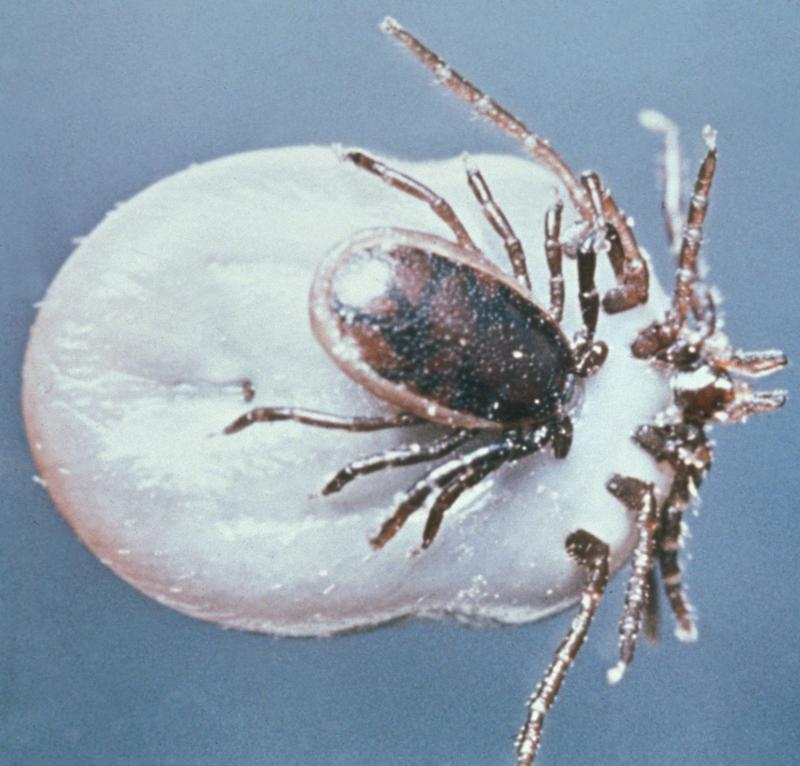 The Leonard Lopate Show
The Leonard Lopate Show
Published by
The Leonard Lopate Show
How to Prevent, and Treat, Lyme Disease

Once restricted to small forested areas in the northeast and north-central United States, Lyme disease is now a common infection in North America and Europe, and the Centers for Disease Control and Prevention estimate that more than 300,000 new cases occur each year in the U.S. If not properly treated, Lyme disease can become chronic and debilitating. Alan Barbour is an expert on tick-borne diseases. In Lyme Disease: Why It's Spreading, How It Makes You Sick, and What to Do about It, Barbour explains the genesis of the disease, diagnosis, treatment options, and steps that can be taken to avoid a tick bite in the first place.